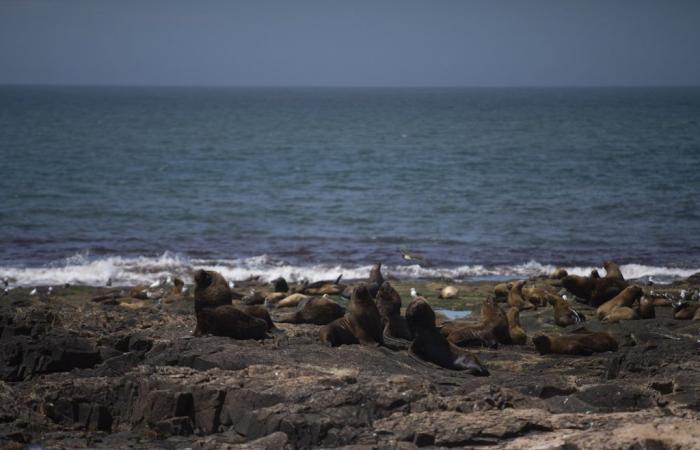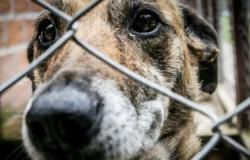In the Southeast of the province of Río Negro, the protected area Parque Nacional Islote Lobos has impressive scenic beauty and a valuable archaeological record. In addition, the northernmost reproductive colony of Magellanic penguins in the world is protected here.
On June 15, 2022, Congress signed into law the creation of the Islote Lobos National Park, the second in Río Negro. Located in the ecoregion of plains and plateaus and the Argentine Sea, the protected area has 19,079 hectares.
The Park was created to protect its rich biodiversity, combined with impressive scenic beauty and a valuable archaeological record. These values give it great scientific, tourist and economic potential.
Among its islets (La Pastosa, De los Pájaros, Redondo, Ortiz Norte, Ortiz Sur and Lobos, the northernmost of all) it is home to an important diversity of species of sea and coastal birds, including migratory ones.
The area is used by a large number of species of sea and coastal birds that nest and rest on the islets and the intertidal sector and feed in the marine environments. Some of these species are of varying degrees of threat, such as the giant petrel, the southern flamingo, the sandy plover and the red knot, among others. For this reason, it was declared an Important Area for the Conservation of Birds (AICA) by Birdlife International / Aves Argentinas.
One of the emblematic species of the Park is the single-haired sea lion (otaria flavescens), which has a breeding colony on the rocky outcrop that gives its name to the protected area. This species was intensely exploited to obtain its leather and fat from the end of the 17th century to the mid-20th century. Currently, it is protected throughout its distribution area, which in our country corresponds to the Atlantic coast.
Additionally, the area provides protection to a colony of Magellanic penguins (spheniscus magellanicus), the northernmost of the species in the world, as well as the wetland as a whole.
As for fauna, the terrestrial sector presents Patagonian floristic elements in the lower stratum, including genera such as Salix, Monttea, Condalia and Prosopidastrum, among others, along with sclerophyllous grasses (adapted to long periods of drought and heat). The marine area is characterized by the presence of macroalgae from the green, red and brown algae groups.
Source: National Government Press







